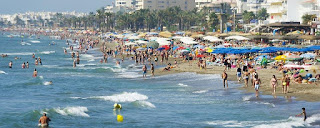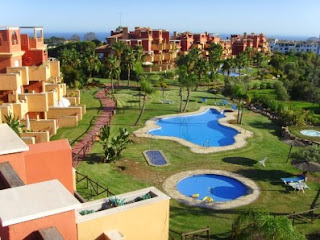 |
No one fully knows yet, but Spain needs the brits
and will be allowed to stay in Spain
|
Spanish Minister Tells British Expats
they are More than Welcome to Stay in Spain
It seems like the fearmongering headlines about Brexit and
the potential fallout have all but vanished recently, but there are still many
people who are left with unanswered questions and a lot of worrying “what if?”
questions.
While a complete 100% answer about what Brexit means for EUcitizens and Brits alike, the politicians who are going to be involved in those
decisions are saying positive things at the very least.
This includes Spanish Foreign Minister Alfonso Dastis, who
told The Andrew Marr Show on BBC1 that even if the UK is unable to secure a
deal on Brexit when leaving the EU, the British people in Spain would be
allowed to remain where they are.
Brussels and the British government have been locked in an
impasse that is a reflection of the political problems the two have been
dealing with since the result of the referendum last summer. The “divorce”
negotiations are so complex and complicated that there has yet to be a single
cause that British PM Theresa May appears to be protecting above all others.
Free trade appears to be important, but there are problems with that. This is
also the case with free movement of people, which is only becoming a more
heated discussion with immigration fears.
Prime Minister May has at least made some concessions for EU
citizens living in the UK and says their situation won’t change, and these
words were mirrored by Dastis when he said that he hopes there will be a deal
and that – should no deal arise – the Spanish government will endeavour to
ensure the lives of British people living there are not disrupted.
Dastis added that there is a very close social and economic
relationship between Spain and Britain. Spain welcomes over 17 million Brits a
year and a lot of them go to the country to live and retire, and Spain wants to
continue this relationship as much as they can.
Spain has become the popular choice for Brits living in theEU. The official statistics from the UK show there are 308,805 Brits currently
living in Spain, but the real number is estimated to be at least twice this.
Around a third of the Brits living in Spain are over 65 years old according to
this same source, and that the proportion of retirement-age expats is growing.
















